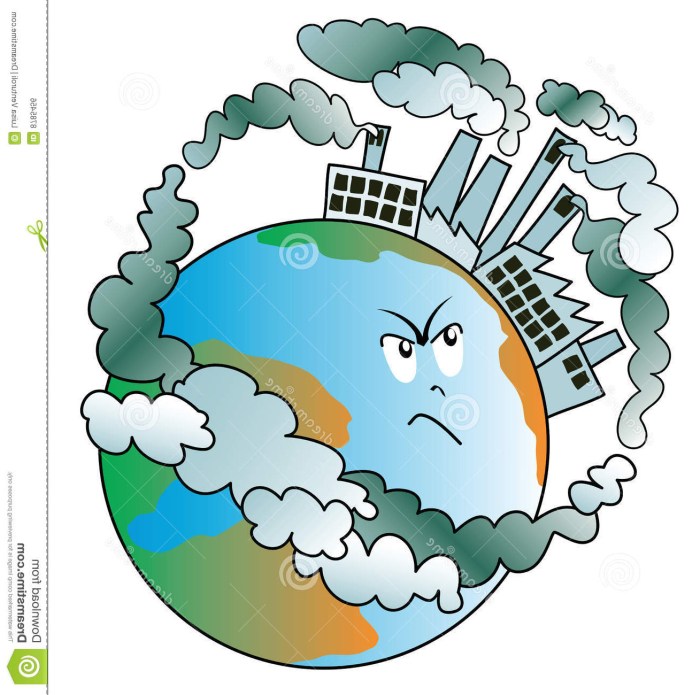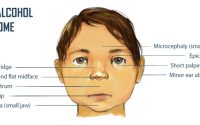Oils Spill Pollution Easy Drawing Guide
Defining Oil Spill Pollution

Oils spill pollution easy drawing – Okay, so picture this: Bali’s pristine beaches, suddenly marred by a slick, dark mess. That’s an oil spill, a serious bummer for the environment and a total vibe killer. Oil spills are the release of petroleum hydrocarbons—crude oil or refined products—into the environment, usually water. It’s a big problem, affecting everything from the tiniest plankton to the majestic whales.Oil spills happen in different ways, creating different types of messes.
Think of it like a messy Balinese cooking accident – sometimes it’s a small spill, easily cleaned, other times it’s a full-blown kitchen disaster!
Types of Oil Spills and Their Sources, Oils spill pollution easy drawing
The sources of oil spills are varied and often involve human activity. Major spills often stem from tanker accidents, pipeline failures, or offshore drilling mishaps. Smaller spills, however, can be caused by things like leaking boats, industrial discharges, and even runoff from roads and parking lots. The type of oil spilled also matters; crude oil has a different impact than refined products like gasoline or diesel fuel.
A massive tanker spill will cause far greater devastation than a small leak from a fishing boat.
Environmental Impact of Oil Spills on Marine Life
Oil spills wreak havoc on marine ecosystems. The oil itself is toxic to many species, directly poisoning animals through ingestion or contact. Birds, for example, can lose their waterproofing, leading to hypothermia and death. Marine mammals can suffer from respiratory problems and skin irritation. Fish and other aquatic organisms can experience reproductive issues, developmental problems, and mortality.
I’ve been working on some easy drawings of oil spill pollution lately, focusing on simple shapes to illustrate the impact. It’s surprisingly similar in some ways to creating a simple diagram, like the one you can find for an easy drawing of liver fluke , both requiring clear lines and a focus on key features. Getting the proportions right is crucial for both, whether it’s the affected area in an oil spill or the internal structure of a parasite.
Back to my oil spill drawings, I’m experimenting with different shading techniques to show the spread of the pollution.
Think of it as a sunburn, but way worse, and it affects the whole ecosystem.
Short-Term and Long-Term Effects of Oil Pollution on Ecosystems
The immediate impact of an oil spill is often dramatic. You’ll see dead animals washing ashore, beaches coated in a sticky black film, and a disruption of the food chain. The short-term effects include habitat destruction, immediate mortality of many organisms, and disruption of the marine food web. Imagine the vibrant coral reefs of Nusa Penida suddenly choked by oil.Long-term effects can be just as devastating, if not more so.
The oil can persist in the environment for years, slowly poisoning organisms and contaminating sediments. This persistent contamination can lead to chronic health problems in animals, reduced biodiversity, and long-term ecosystem damage. The Exxon Valdez spill in Alaska, for instance, continues to have long-term effects on the ecosystem decades later, impacting wildlife populations and local communities. It’s a slow, insidious poisoning that affects the entire ecosystem for years to come.
Comparing Different Cleanup Methods: Oils Spill Pollution Easy Drawing

So, you’ve seen what an oil spill looks like – a real bummer for the ocean and all its awesome creatures, right? Cleaning up this mess is no easy feat, it’s like trying to untangle a giant, oily ball of yarn! There are several ways to tackle it, each with its own strengths and weaknesses. Let’s check out a few popular methods.
Oil Spill Cleanup Methods Comparison
Different methods are used depending on the type of oil, the location of the spill, and the weather conditions. Think of it like choosing the right surfboard for the right wave – you need the right tool for the job! Here’s a rundown of three common approaches, along with some simple drawings to help visualize them.
-
Booms: Imagine giant floating sausages, strategically placed to contain the oil spill. These booms prevent the oil from spreading further. They’re like a first line of defense, keeping the mess contained.
Diagram: A simple line drawing of a series of floating booms encircling an area of spilled oil on the water. The oil is depicted as a dark, irregular blob within the boom’s enclosure.
Advantages: Relatively inexpensive, easy to deploy.
Disadvantages: Not very effective in rough seas, doesn’t actually clean up the oil, just contains it.
-
Skimmers: These are like giant vacuum cleaners for oil. They suck up the oil from the surface of the water. Some skimmers use absorbent materials, while others use pumps. They’re like the cleanup crew, actually removing the oil.
Diagram: A simple drawing of a boat with a long arm extending into the water. The arm has a scoop at the end that is collecting the dark oil and depositing it into a container on the boat.
Advantages: Removes oil directly, relatively efficient in calm waters.
Disadvantages: Ineffective in rough seas, can damage marine life if not used carefully, expensive to operate.
-
Bioremediation: This is a more natural approach. It involves using microorganisms like bacteria and fungi to break down the oil. Think of it as nature’s own cleanup crew! It’s like letting nature do its thing, but with a little help.
Diagram: A simple drawing of microscopic organisms (bacteria and fungi) actively consuming and breaking down oil slicks on the water’s surface. The oil slick is gradually disappearing.
Advantages: Environmentally friendly, can be cost-effective in the long run.
Disadvantages: Slow process, effectiveness depends on environmental conditions (temperature, oxygen levels), not suitable for all types of oil.
Preventive Measures against Oil Spills

Hey, fellow Bali vibes lovers! Let’s talk about keeping our beautiful oceans clean – because, let’s face it, an oil spill is a total bummer for everyone, especially the marine life. Preventing spills is way better than cleaning them up, so let’s dive into some seriously effective strategies. Think of it as preventative skincare for our planet!Preventing oil spills requires a multi-pronged approach, focusing on improving infrastructure, strengthening regulations, and fostering a culture of responsibility within the industry.
These measures significantly reduce the risk of spills and their devastating consequences.
Regular Vessel Inspections and Maintenance
Regular inspections are crucial for identifying and fixing potential problems
before* they lead to spills. Think of it like a regular check-up at the dokter – catching small issues early prevents major headaches (and environmental disasters!). A simple drawing could depict a ship undergoing a thorough inspection
a crew member carefully checking pipes and valves, with a magnifying glass highlighting a tiny crack needing repair. Another crew member might be checking the integrity of the hull. This proactive approach minimizes the risk of leaks and failures that could cause devastating spills. The importance here is obvious – a well-maintained vessel is far less likely to experience equipment failure leading to an oil spill, saving marine ecosystems and minimizing costly cleanup operations.
Improved Oil Transportation and Storage Techniques
This involves using double-hulled tankers, which provide an extra layer of protection against hull breaches. Imagine two concentric circles representing the double hull, with a clear space between them. This space would act as a buffer in case of an impact. Advanced monitoring systems can also detect leaks early, allowing for quick responses. The drawing could show a double-hulled tanker with sensors and monitoring equipment highlighted, indicating real-time data transmission to a control center.
The enhanced safety features offered by double-hulled tankers, coupled with advanced monitoring systems, significantly reduce the likelihood of large-scale oil spills, minimizing environmental harm and the associated economic costs of cleanup.
Stricter Regulations and Enforcement
Stronger regulations and robust enforcement are essential for holding companies accountable. A simple drawing could depict a hand holding a gavel, symbolizing the power of regulation, alongside a clearly marked oil tanker following strict guidelines. This includes regular audits, penalties for non-compliance, and rigorous training for personnel. This ensures adherence to safety protocols, preventing human error from contributing to oil spills.
Stricter regulations and their effective enforcement create a deterrent effect, prompting oil companies to prioritize safety and invest in preventive measures, thus protecting the environment and the livelihoods of coastal communities dependent on healthy marine ecosystems.
Essential FAQs
What types of oil are most commonly involved in spills?
Crude oil, refined petroleum products (like gasoline and diesel), and fuel oils are frequently involved in spills.
How long do the effects of an oil spill last?
The effects can range from months to decades, depending on the size of the spill, the type of oil, and environmental conditions.
Are there any organizations dedicated to oil spill cleanup and prevention?
Yes, many organizations worldwide, including governmental agencies and non-profits, are dedicated to these efforts.
What are some everyday actions individuals can take to help prevent oil spills?
Supporting sustainable transportation, reducing our reliance on fossil fuels, and advocating for stronger environmental regulations are all impactful actions.



